
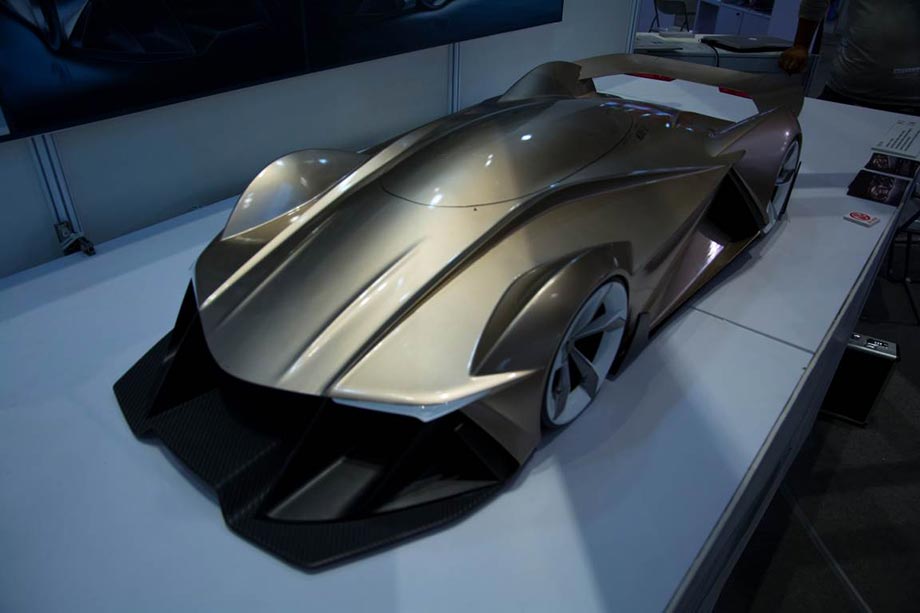
3D Printed Concept Car Model Prototype
Project name: Concept car models “SKANDA” Designed by Liu YaHsin
Size of the models: Around 1.2m long
Material: ProtoFab Formula L1 Resin
Production technique: SLA 3D printing
Recommended equipment: ProtoFab SLA600
Precision: 0.01 mm
Lead time: 10 days
Requirements: Dimensions must be exact, lines must be smooth and clearly defined, and the overall effect should be visually impressive.
The design team at Huafan University's industrial design department/Transportation Design Group (https://www.facebook.com/tdg8th/) are a passionate group of young designers with a wide range of experiences. On this occasion the team led by their tutor Mr. Shawn Lee (Director in Motion Design / https://www.facebook.com/shawn.lee.928)needed the assistance of ProtoFab to produce high-quality models of concept sports cars to take to exhibitions. Below is an image of a 4x4 vehicle aimed at business customers. The designer wanted to incorporate elements of traditional Chinese architecture in the design, and the criss-crossing lines of that style gives the car an unusually eye-catching look. Below is a drawing the client sent us for this design.
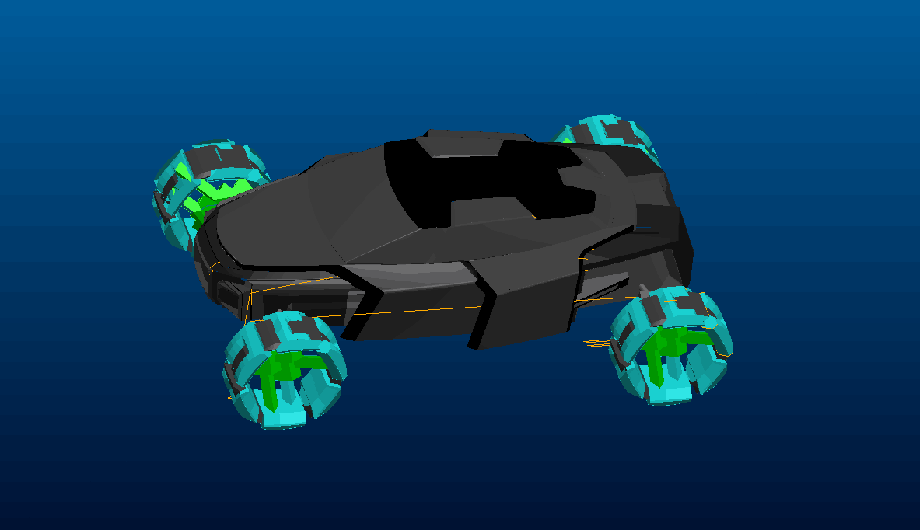
Customer's drawings for prototyping
1. The model was quite large at 1.2 meters in length, and so it was necessary to break it down into sections.
2. During post processing, the polishing and painting was particularly tricky and time-consuming, requiring great care from the post-processing team.
3. Assembly was also extremely challenging, requiring a number of parts to be glued by hand. This really put the skills of the assembly team to the test.
1. Due to the fact that the SLA600 prints objects up to 600 x 600 x 400 mm, it was necessary to split the model up into a total of 8 piece. Using software, we assessed the feasibility of each section of the model optimized the design for printing. The images below show the 8 sections to be printed, which each signified by a different color. After each of the 8 parts had been modeled in the software, we then simulated the complete design to ensure the assembly would be exactly as required.
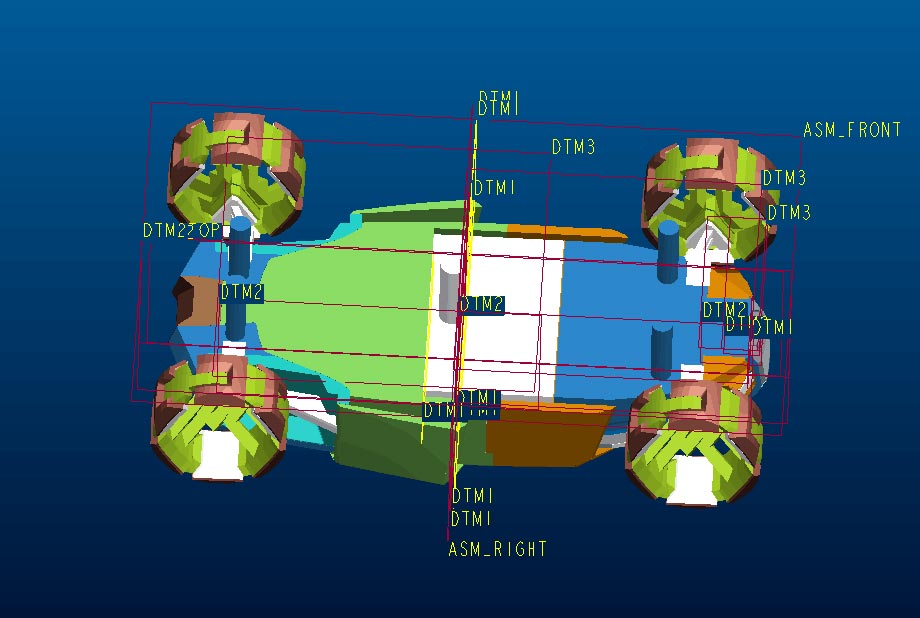
Prototype Total size breakdown
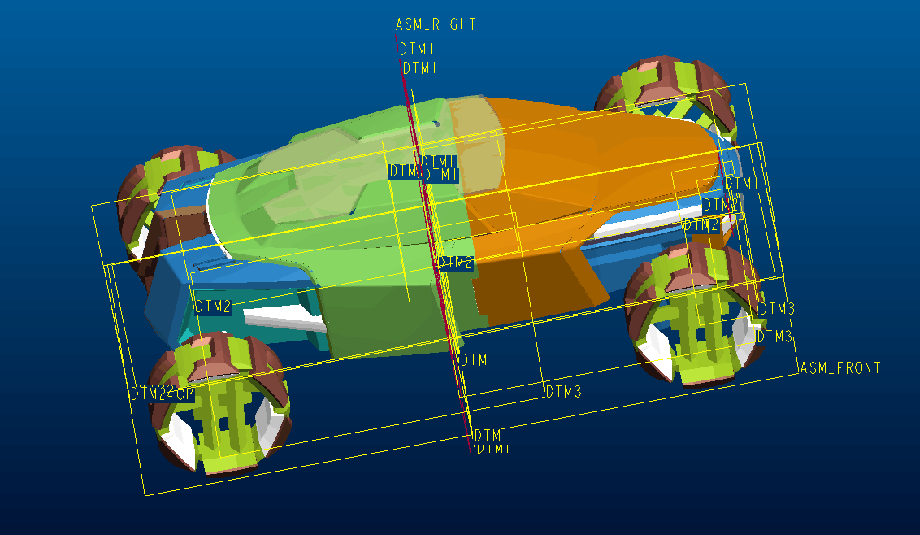
Breakdown
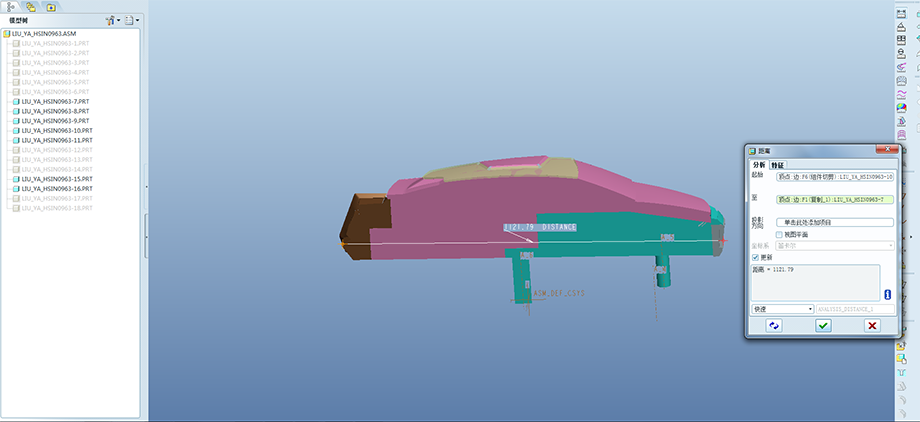
2. Once printing was complete, we carefully removed the model, washed it with alcohol and removed the supports. After painstaking post-processing, no vestiges of the support structures remained and the surface was completely smooth. The printed model is usually a little rough to begin with, with some marks and ridges visible. We begin sanding with coarse sandpaper and gradually progressed to extremely fine sandpaper. ProtoFab is famous for attention to detail, and this could be seen in the polishing stage of this project. Polishing was undertaken in shifts and took an unusually long period of time due to the model being so large large and complex, and the requirements being so strict. This also placed a high demand on the expertise of the entire team. As requested, we used a very specific color of paint for each of the eight parts, and made sure the finish was as glossy as possible. The paint used was extremely high-quality, ensuring the glossy shine wouldn't fade over time.

Newly 3D printed parts being polished
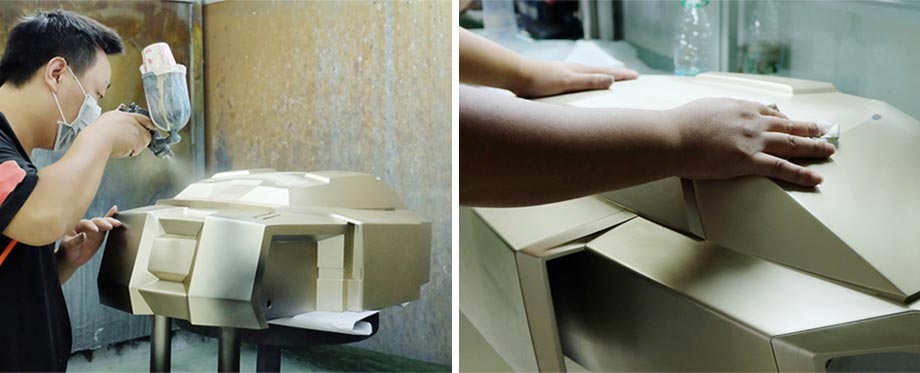
After the paint was applied, there was a further round of polishing to give the best finish possible.
3. The most challenging part of the project was the assembly. Each of the eight printed parts had to be glued together in a way that met the client’s high standards for the overall finish. We used gluing, interlocking, and other techniques to assemble the parts together. In addition, we also filled out the inside of the model with foam, which had the effect of expanding the model slightly. This helped the design features to pop out more and gave a more realistic overall look.
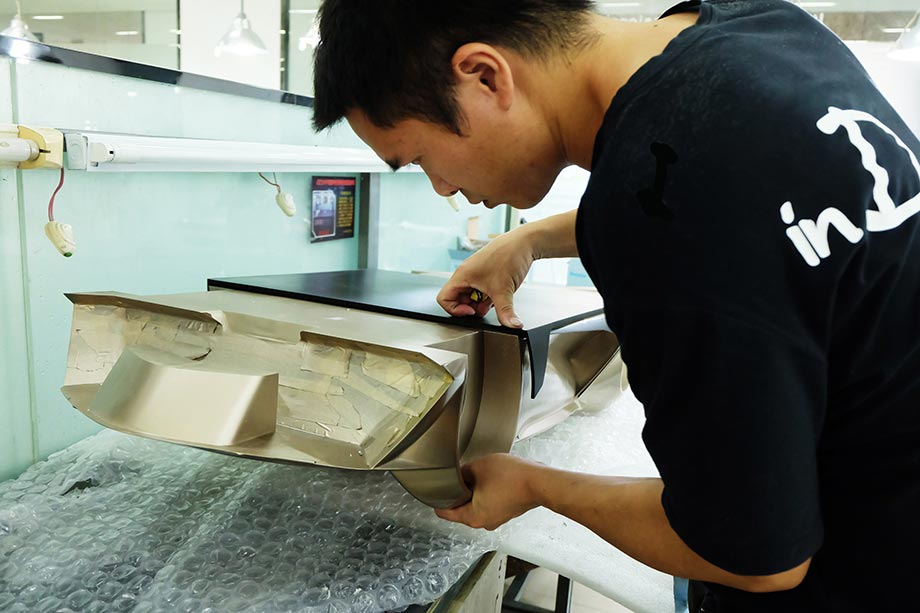
Final assembly
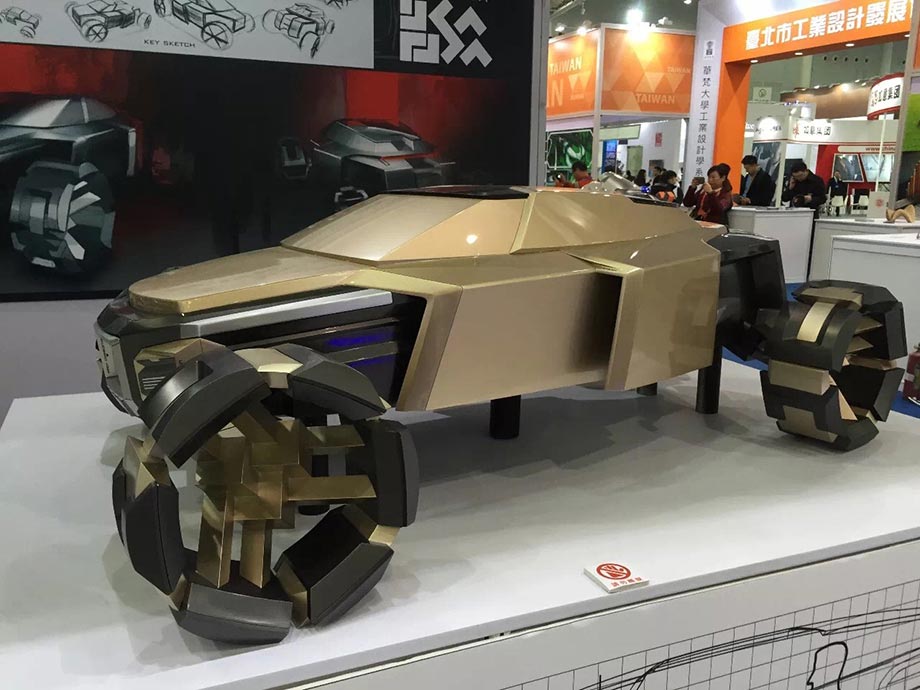
3D printed concept car model
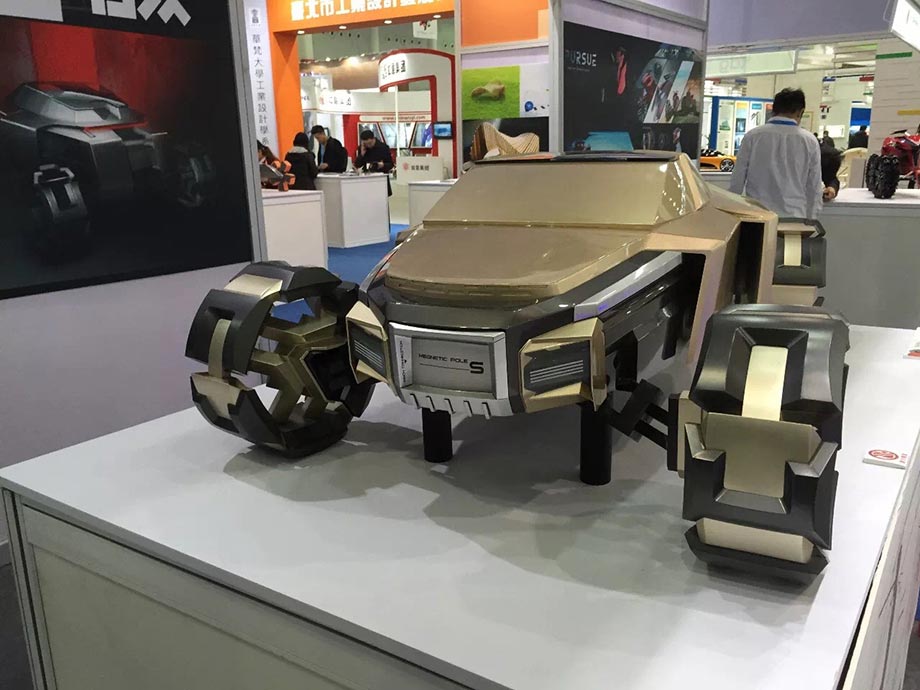
ProtoFab 3D printed prototype
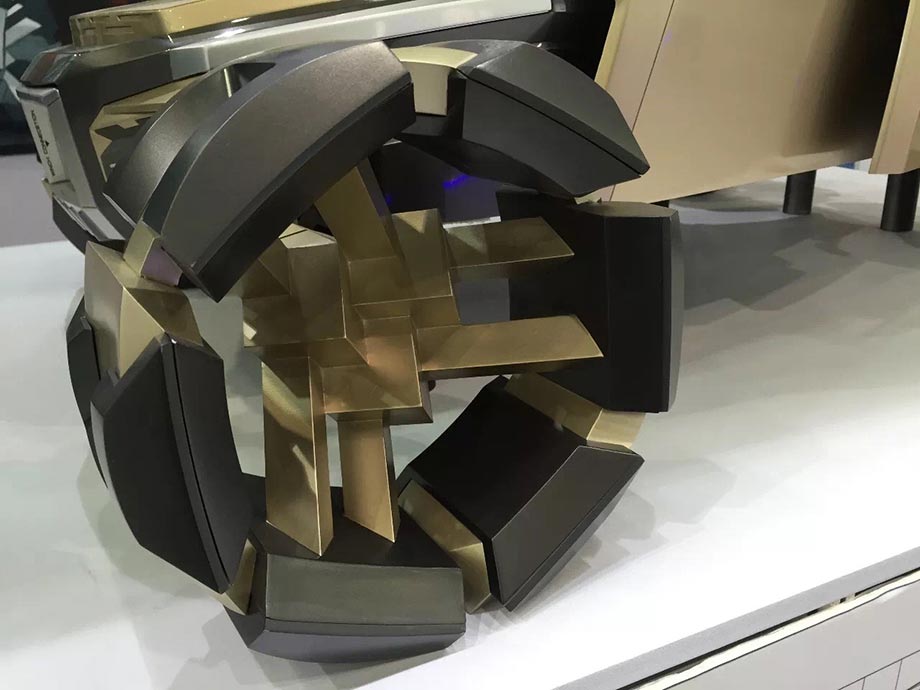
Below are some of the other models of concept cars we produced for the Huafan University design team.
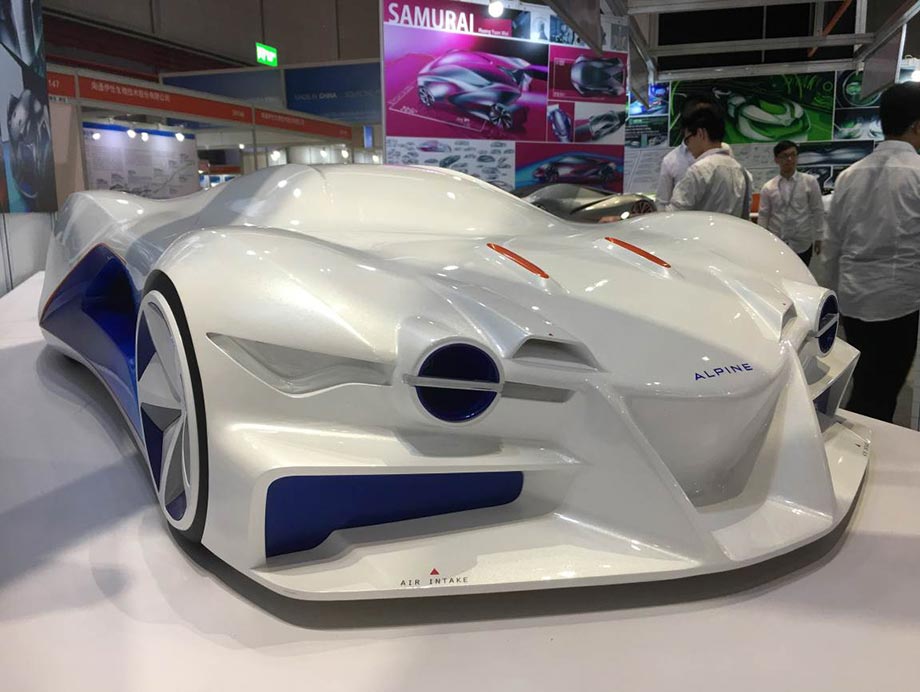
“Alpine” Designed by Lin Li, Peter Lin, Ricky Tin, Huang YuanWei
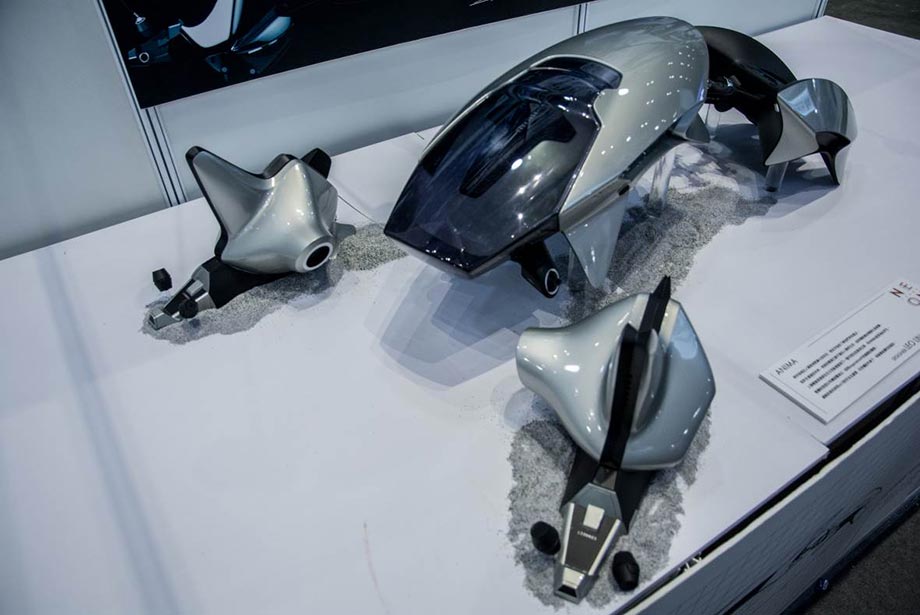
“Anima” designed by Lin Li
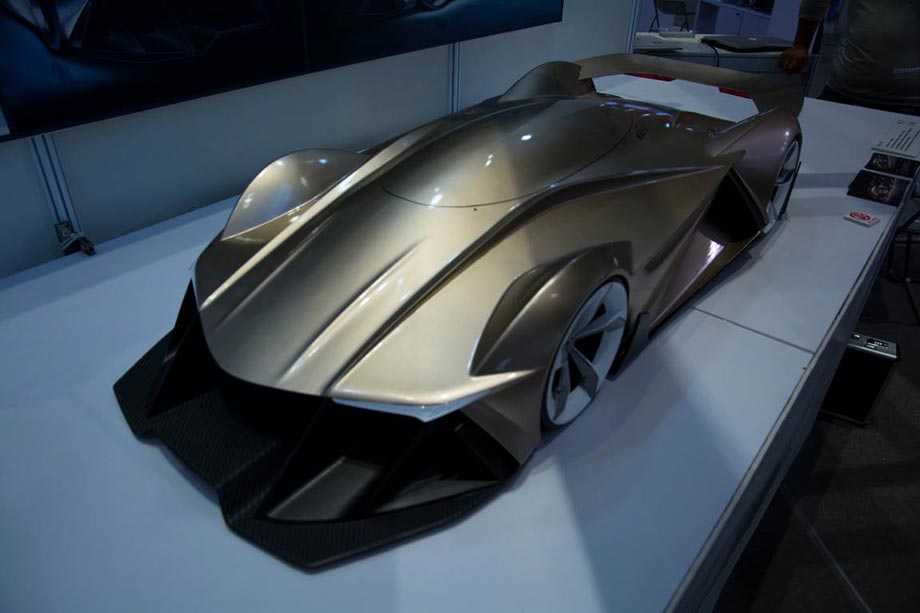
“Tension” designed by Peter Lin
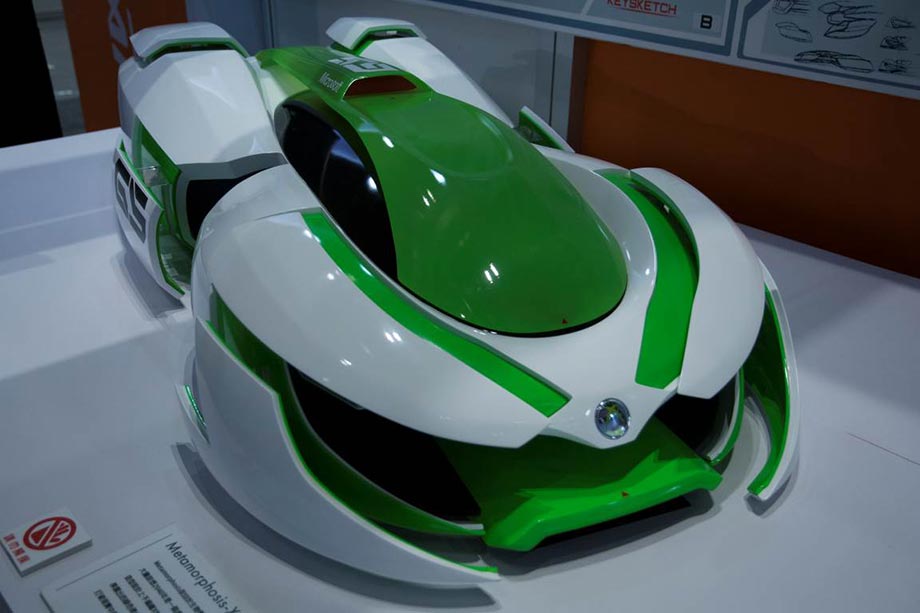
“Metamorphosis - X Evolution” Designed by Tsai ChihJie
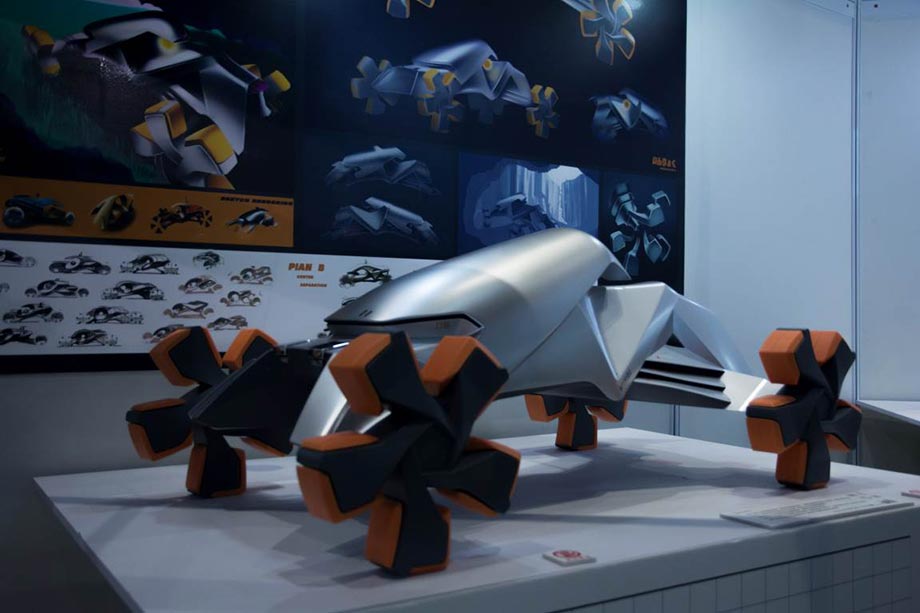
“Gravity” Designed by Ricky Tin
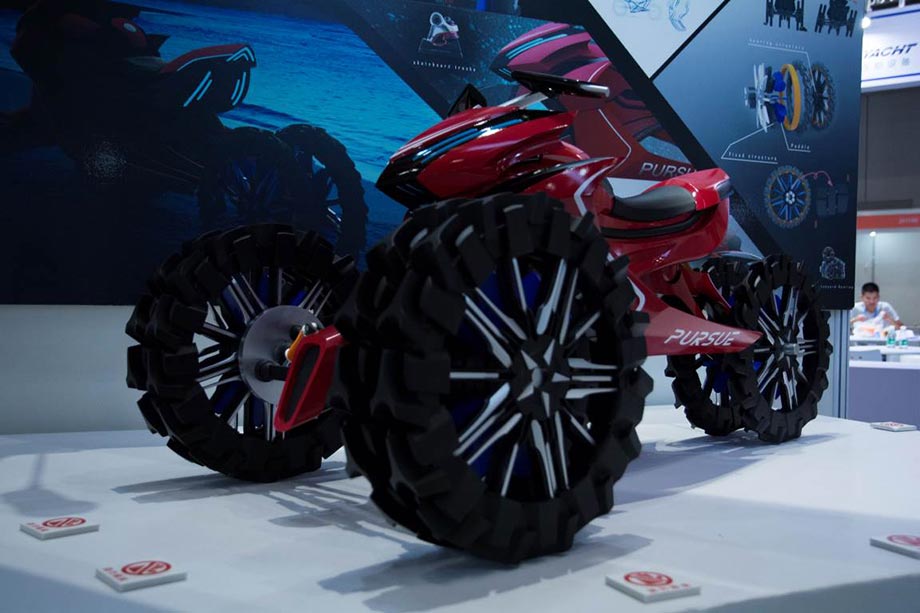
“Persue” Designed by Wang HuaiJie
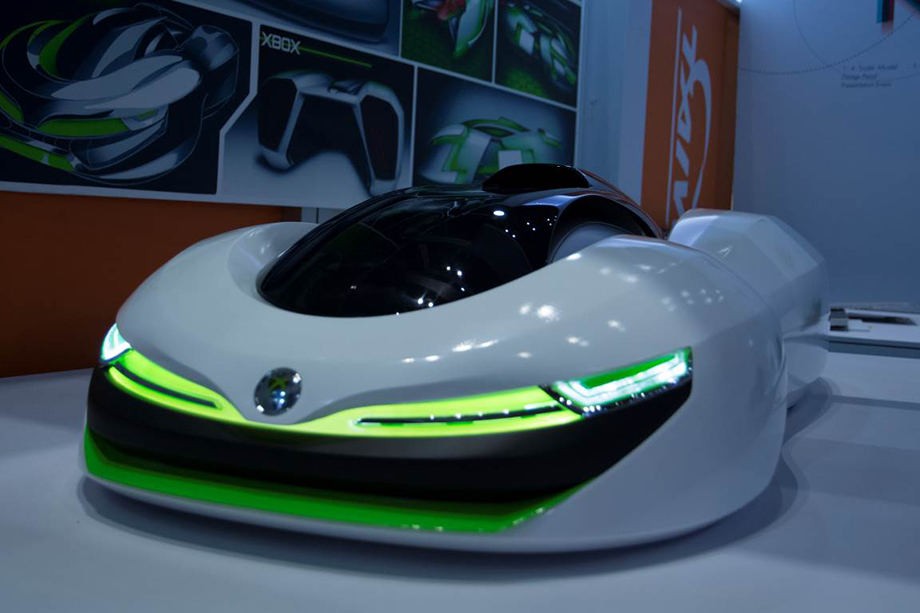
“Metamorphosis-X” Designed by Hank Lin
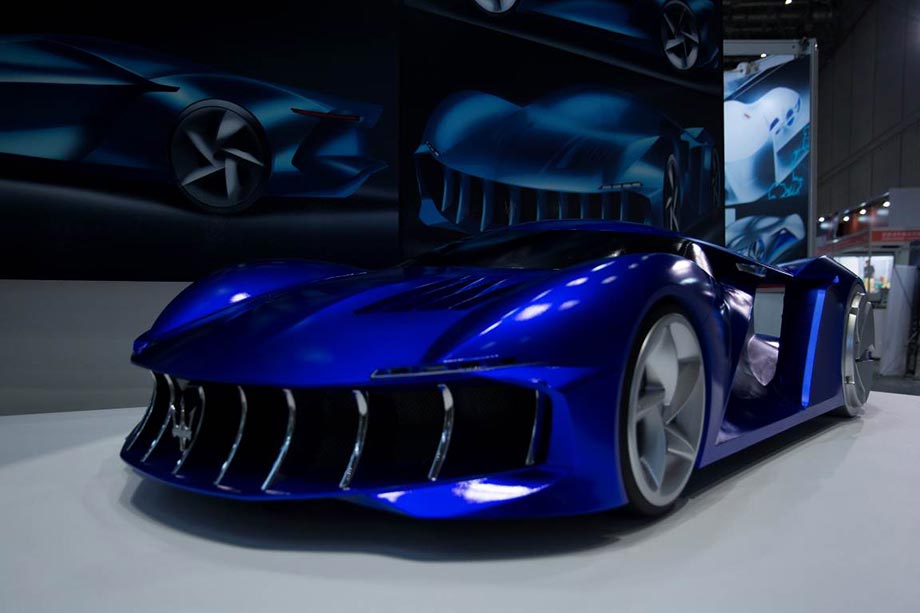
“Maserati Frenesia Concept” Designed by YANG CHEN
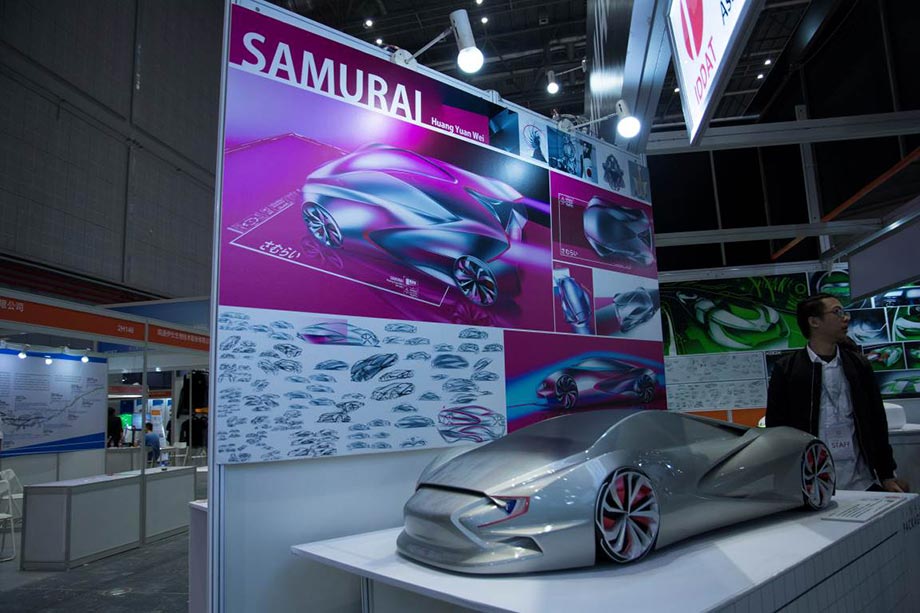
“Sumurai” Designed by HUANG YUANWEI
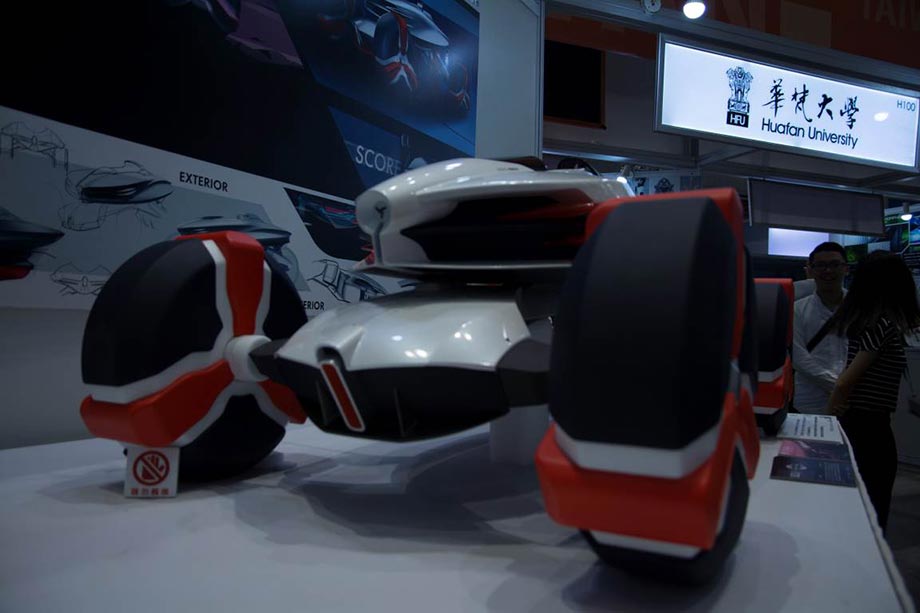
“Arion” Designed by Eden Liu
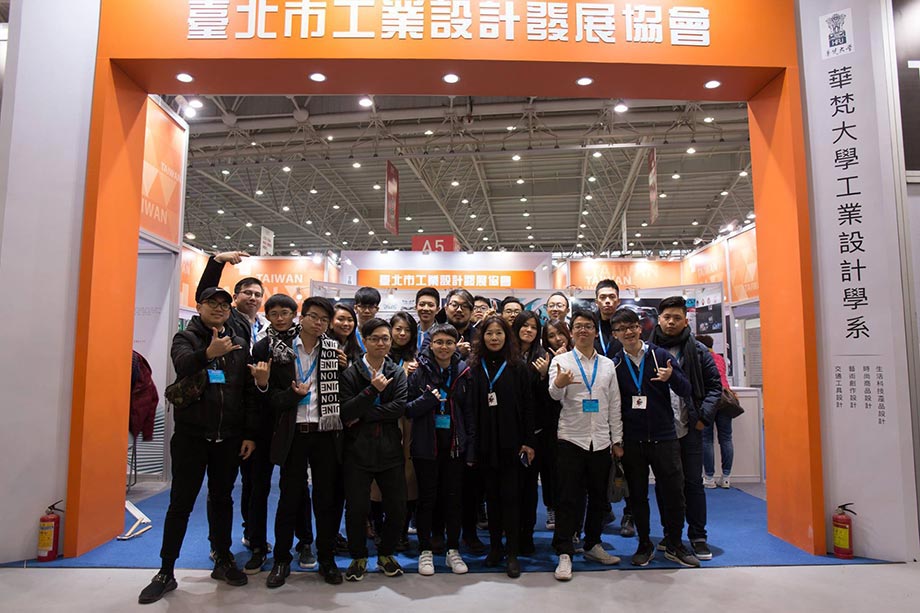
Huafan University's industrial design department/Transportation Design Group “tdg8th”
All of the models we produced for the students at Huafan University were well-received, both by the designers themselves and those that viewed them at the exhibitions. From start to finish the concept car project lasted 10 days, and was unusually challenging for all of our experts that were involved, especially at the finishing stage. It gave us great satisfaction to see our hard work on display and for the models to receive such a positive reaction. ProtoFab loves to take on challenges, and we greatly welcome future challenges of this type.
If you'd like to learn more about the 3D printing solutions offered by ProtoFab and how they can be applied to different industries, or you have a project similar to the one describe here, don't hesitate to get in touch!